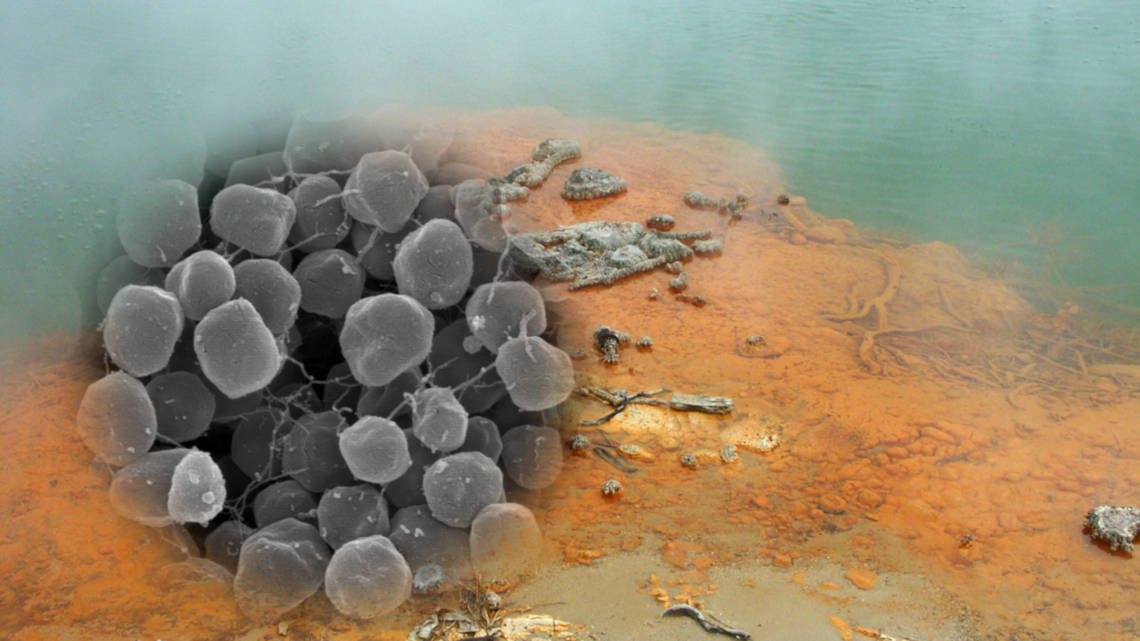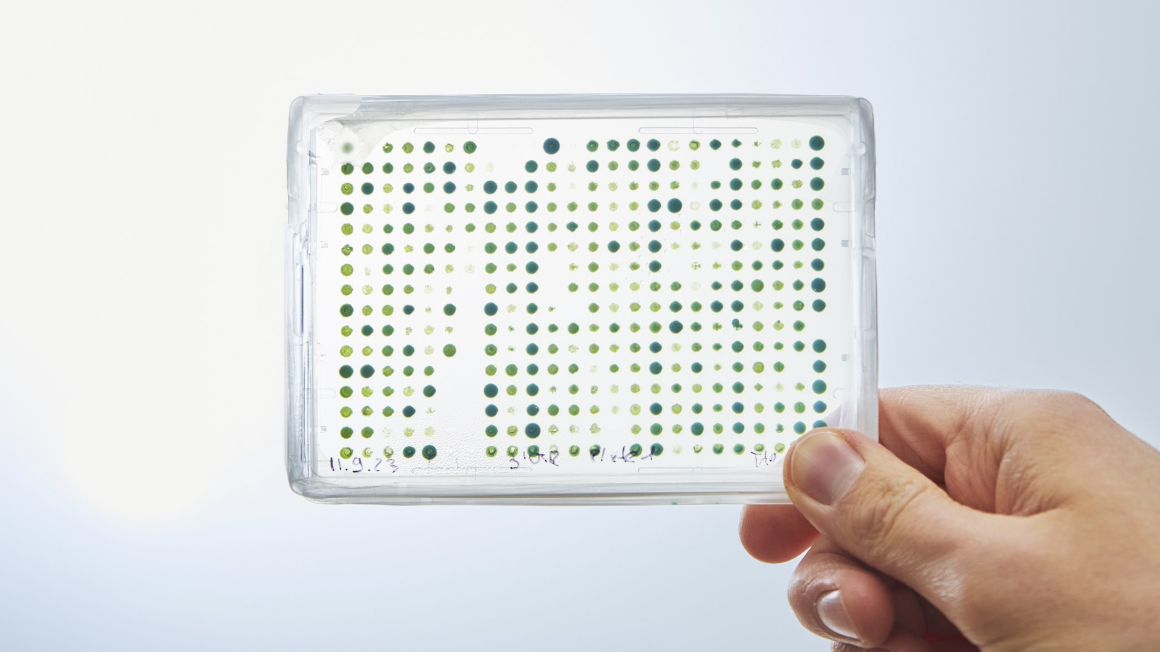
Escherichia coli, Bacillus subtilis oder Saccharomyces cerevisiae – the names of some industrially used microorganisms have been encountered even by laymen. What these three have in common is that they prefer rather mild growth or reaction conditions. They are usually unsuitable for processes or products that require elevated temperatures or special pH values. The situation is different with so-called thermoacidophilic archaeae, to which Sulfolobus acidocaldarius belongs. They only really feel comfortable at 75 to 80°C and in acidic environments.
Easy to cultivate
The fact that archaeae have so far only been used sporadically for industrial processes is partly due to the fact that fundamental knowledge of metabolism or physiology as well as the genetic tools to process and optimize these microorganisms are generally lacking. The project "HotAcidFACTORY", which is funded by the Federal Ministry of Education and Research with 2.2 million euros from February 1, 2020 to January 31, 2023 as part of the program "Microbial Biomaterials for the Industrial Bioeconomy - Novel Platform Organisms for Innovative Products and Sustainable Bioprocesses", has set out to change this. Next to the leading University of Duisburg-Essen, the Universities of Freiburg and Bielefeld and the Vienna University of Technology are involved.
Bettina Siebers, microbiologist at the University of Duisburg-Essen, has been working with archaeae for a long time and immediately thought of S. acidocaldarius for the project. The microorganism can be cultivated quite easily on complex or minimal media under aerobic conditions in a shaker at high temperature. Siebers' research group has already discovered a lot about the metabolism of the archaeaon in recent years. The new project aims to further expand and deepen this knowledge in order to decipher the complex carbohydrate metabolism in a practical way.
Establishing genetic tools
The team has also developed methods to genetically modify the unicellular organism even before the project started. "So far, however, we only have a small repertoire for this," says the project coordinator, "now we want to improve the genetic system and also establish CRISPR-Cas. With the method of genome editing, known as gene scissors, changes to individual genes could be made quickly and reliably.
However, genetic methods are only one thing. Above all, the question of whether S. acidocaldarius can grow with CO2 as well as with raw glycerine as a nutrient will be exciting. The latter is produced, for example, in the production of biodiesel, but often contains toxic impurities that inhibit the growth of microorganisms. Because the archaeon naturally copes with quite adverse conditions, the researchers hope that this could also be the case here.
Point mutation reactivates glycerol metabolism
"We knew that our microorganism grows on fatty acids and lipids, and since the lipid breakdown process produces glycerol as a head group, the question of whether it can also use glycerol was obvious. For one month, the researchers allowed the archaeae to grow on pure glycerine - and then it happened: The unicellular organisms fed on glycerine. "The reverse mutation of a point mutation in a gene that is important for degradation was crucial," says Siebers, summarizing the results of the genetic analyses. "Point mutations can accumulate in genes from unneeded metabolic pathways, since these are not needed when growing on complex media.” In the meantime, she and her team have made considerable progress in elucidating the underlying metabolic pathways of glycerol degradation. "For us, this always includes characterizing the enzymes involved," the microbiologist emphasizes.
The situation is more difficult with carbon dioxide. According to the literature S. acidocaldarius should be able to metabolize the gas. "In practice, however, no laboratory has observed this for a long time," reports Siebers. However, there is a closely related strain that has been proven to have the ability. "There is a rumor that at some point in time the strains were mixed up or that no pure culture was used," the microbiologist says. For this reason, the project will first analyze which enzymes the archaeon possesses that are necessary for CO2 fixation and "what is still missing to establish CO2 fixation by means of metabolic engineering".
Many ideas for industrial use
What exactly S. acidocaldarius might produce later is not the focus of the research project. A number of enzymes would be conceivable, since many processes require hot or acidic process conditions - for example, lignocellulose preparation. What today requires some physicochemical and enzymatic pretreatment before microorganisms can finally become active could function as an economically attractive one-pot reaction with the thermoacidophilic archaeon and extremophilic enzymes. And the microbe could also be attractive in processes that produce bioalcohols or volatile compounds: The chemicals, which are toxic to many organisms, evaporate in a process carried out at 80°C and could thus be easily removed. In addition, the use of antibiotics during cultivation can be dispensed with, since contaminating organisms do not grow under these extreme conditions.
Whether all project goals can be achieved within the project period is questionable, not least because of the working conditions in the pandemic situation. Nevertheless, Siebers already has enough ideas for the future: "For example, we could also produce bioalcohols or acids with our microorganism," expects Siebers with regard to the properties of the archaeon. And continuous process management with S. acidocaldarius also seems to be in sight: The Austrian project partner at the Vienna University of Technology has already achieved some success in developing a correspondingly high cell density on an industrially relevant scale. Because at the end of the research project, a new type of microbial biofactory is to be developed.
Author: Björn Lohmann


